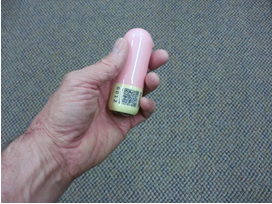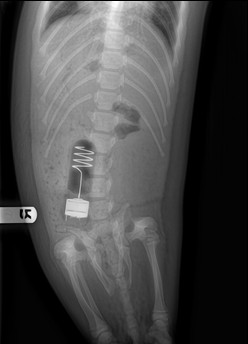|
Explore by the list below, or search for something in particular.
|
Science Spotlight
Survival and Depredation in Harbor SealsHarbor seal (Phoca vitalina) abundance in the Aleutian Island chain of Alaska has experienced a greater than 60% decline over the last twenty years. Currently, the factors that may be influencing harbor seal survival, pup production and population trends remain poorly understood. Scientist are considering changes in prey availability, bycatch in fishing gear, entanglement in marine debris, disturbance by fishing and tourism industry, pollution, predation, and general environmental and climate change as potential causes to the declining population trends. While transient killer whales are a widely accepted predator of harbor seals, less known possible predators include white sharks, salmon sharks and Pacific sleeper sharks. Increasing our understanding of harbor seal survival, including dates, locations, and causes of mortality, as well as female recruitment and pup production, is essential in understanding population trajectories. The collection of such fine scale life-long data requires the use of specialized tags.
SUPPORT THE
|




